Top 5 Successful Trading Strategies
| Date: 05/02/2025 | 774 Views | Investment and Trading Academy |
Top 5 Successful Trading Strategies For Traders
Hello, everyone! It’s me, Tradevietstock again! Over the years, I have immersed myself in the financial markets, investing and trading across various platforms while working in multiple companies and countries with strong financial foundations. Through my experience and observations, one undeniable truth stands out—many people fail in investing, while only a small percentage succeed.
The Common Pitfall: Short-Term Thinking in a Long-Term Game
One of the biggest reasons why most investors lose money is their mindset. They enter the market with the intention of long-term investing but panic-sell the moment volatility hits. This contradiction between their initial strategy and actual behavior is a fundamental flaw that leads to losses.
Beyond this, there’s also a growing trend of short-term trading using popular theories like Smart Money Concepts (SMC) and ICT (Inner Circle Trader) strategies. While some traders might see short-term success using these methods, the reality is that in the long run, 95% of them will lose money.
So, the key question is: Can short-term trading and the pursuit of quick profits truly lead to long-term success?
The answer is quite clear—most traders fail when they adopt a short-term mindset without the right tools, discipline, and capital to sustain losses.
Who Are the 1%-5% That Succeed?
If 95% of traders are losing, who are the remaining 5% that actually make money? The answer is simple: They are the market makers.
Who Are Market Makers, and How Do They Trade?
Market makers are not individual retail traders. They are large financial institutions, investment firms, and hedge funds with deep pockets, advanced technology, and massive amounts of data. Unlike retail traders, they do not rely on emotional decisions or impulsive trades. Instead, they:
- Utilize high-frequency trading algorithms and institutional-grade strategies.
- Invest heavily in data analysis, AI-driven trading systems, and market structure insights.
- Control liquidity and dictate price movements, exploiting retail traders’ weaknesses.
Can Retail Traders Compete with Market Makers?
The harsh truth? Retail traders lack the resources, technology, and information that market makers have. Most individual investors do not have access to the same level of market data, execution speed, or financial backing. Trying to out-trade these institutions without the right approach is nearly impossible.
The Path to Smart Investing
Instead of chasing quick profits with short-term, high-risk strategies, retail traders should focus on sustainable, data-driven investing methods. In my upcoming article, “The Key to Successful Investing,” I will break down:
✅ The best strategies for long-term success.
✅ How to avoid common retail trading pitfalls.
✅ The role of market structure and liquidity in successful investing.
✅ Practical solutions for individual investors to maximize their profitability.
i. How Market Makers and Hedge Funds Trade
Market makers and hedge fund managers employ a wide range of trading strategies that align with their massive capital size—an advantage that retail traders simply don’t have. Unlike individual traders, these institutions have the scale, technology, and expertise to execute complex trades that can move markets.

Let’s break down some of the most prominent trading strategies used by institutional players.
1. Event-Driven Trading Strategies
Event-driven strategies revolve around significant corporate events such as mergers, acquisitions, and restructurings. These moments create price dislocations, allowing institutional traders to capitalize on inefficiencies in the market.
a. Merger Arbitrage – Capitalizing on M&A Deals
When a company announces an acquisition, the target company’s stock price typically rises, while the acquiring company’s stock may drop due to the costs and risks involved in the deal.
Hedge funds apply merger arbitrage by:
- Going long on the target company’s stock (expecting it to rise)
- Shorting the acquiring company’s stock (hedging against potential declines)
The profit comes from the spread between the current market price and the eventual acquisition price. However, this strategy carries substantial risk—if the deal falls through, the target company’s stock can plummet, leading to significant losses.
b. Distressed Investing – Betting on Corporate Turnarounds
This strategy involves investing in companies on the brink of bankruptcy or undergoing restructuring. It’s often referred to as the “hope in distress” approach.
Traders buy distressed stocks or corporate debt at a steep discount, betting that the company will successfully restructure and recover. If the turnaround succeeds, these assets can skyrocket in value, yielding massive returns.

On the flip side, if traders believe the company is doomed, they might short its stock or bonds, profiting from its downfall. This strategy requires deep fundamental analysis and nerves of steel—many companies in distress never recover.
c. Activist Investing – Forcing Change from the Inside
Activist investors take a hands-on approach by acquiring a significant stake in a company and then pressuring management to make strategic changes. These changes might include:
- Restructuring the business
- Cutting costs to improve profitability
- Replacing underperforming executives
Activist investing is similar to private equity strategies, but it focuses on publicly traded companies rather than private firms.

This approach is not feasible for most retail investors—it requires deep pockets, boardroom influence, and a long-term vision. However, understanding how activist funds operate can help retail traders anticipate major shifts in publicly traded companies.
2. Relative Value Strategies
Relative value strategies focus on identifying temporary price discrepancies between related securities. These strategies are typically market-neutral, meaning they involve simultaneous long and short positions to minimize directional risk while profiting from mispricing.
Institutional traders leverage complex models to determine how much to allocate to each position to either maximize returns or at least hedge against downside risk. Let’s break down some of the most commonly used relative value strategies.
a. Convertible Arbitrage
Convertible bonds are hybrid securities that can be exchanged for a predetermined number of shares of the issuing company’s stock. These securities often trade at inefficient prices relative to the stock itself, creating an opportunity for arbitrage.
Hedge funds executing convertible arbitrage:
- Go long on the convertible bond (buying it when undervalued)
- Short the issuer’s stock (hedging against equity risk)
As the price discrepancy corrects, the arbitrageur locks in a low-risk profit. However, managing this trade requires constant monitoring of stock price movements, interest rates, and bond yield spreads to ensure optimal positioning.
b. Asset-Backed Securities (ABS) Arbitrage
This strategy involves trading asset-backed securities (ABS) and mortgage-backed securities (MBS) when they are mispriced relative to their underlying assets.
Traders analyze whether these structured products are overvalued or undervalued compared to the expected cash flows of their underlying pools of loans or mortgages. By taking opposite positions in related securities, hedge funds can profit when the price disparity corrects itself.
During the 2008 financial crisis, funds specializing in this strategy made (or lost) billions based on their ability to accurately assess risk mispricing.
c. General Fixed-Income Arbitrage
This strategy focuses on pricing discrepancies between different fixed-income securities:
- Across different companies (e.g., comparing bonds from two firms in the same industry)
- Within the same company (e.g., comparing senior vs. subordinated debt)
By taking opposite positions in these securities, traders can profit from minor valuation errors. While individual bond spreads may only shift by a few basis points, hedge funds magnify returns by using leverage to scale up their positions.
d. Volatility Arbitrage – Betting on Market Turbulence
Rather than betting on price direction, this strategy bets on the level of price volatility. Traders use derivatives such as options, volatility futures, and VIX-related instruments to position themselves for changes in market fluctuations.
Common volatility trading approaches include:
- Long volatility – Buying options when expecting major price swings
- Short volatility – Selling options when expecting low market movement
- Straddles and strangles – Positioning for explosive moves in either direction
Managing a volatility strategy requires tracking Delta, Vega, Gamma, and other key option Greeks. This is one of the most complex institutional strategies, as it demands both quantitative expertise and real-time risk management.
📊 If you’ve ever seen a professional volatility trader’s Excel spreadsheet, you’ll understand why most retail investors steer clear of this strategy!
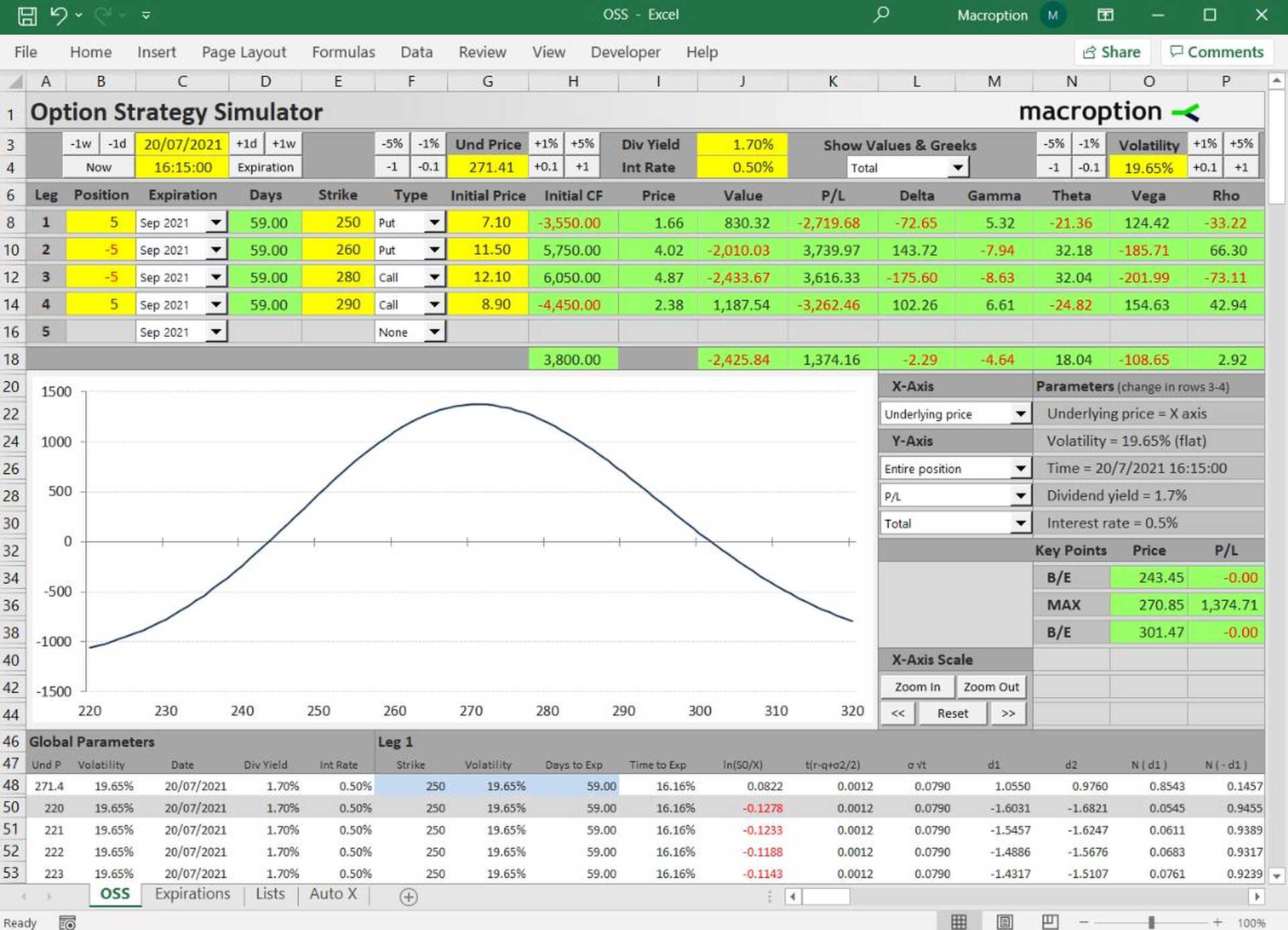
e. Multi-Strategy Funds
Rather than specializing in just one approach, some hedge funds combine multiple relative value strategies to diversify risk and maximize returns. These multi-strategy funds allocate capital dynamically, shifting between different trades based on market conditions.
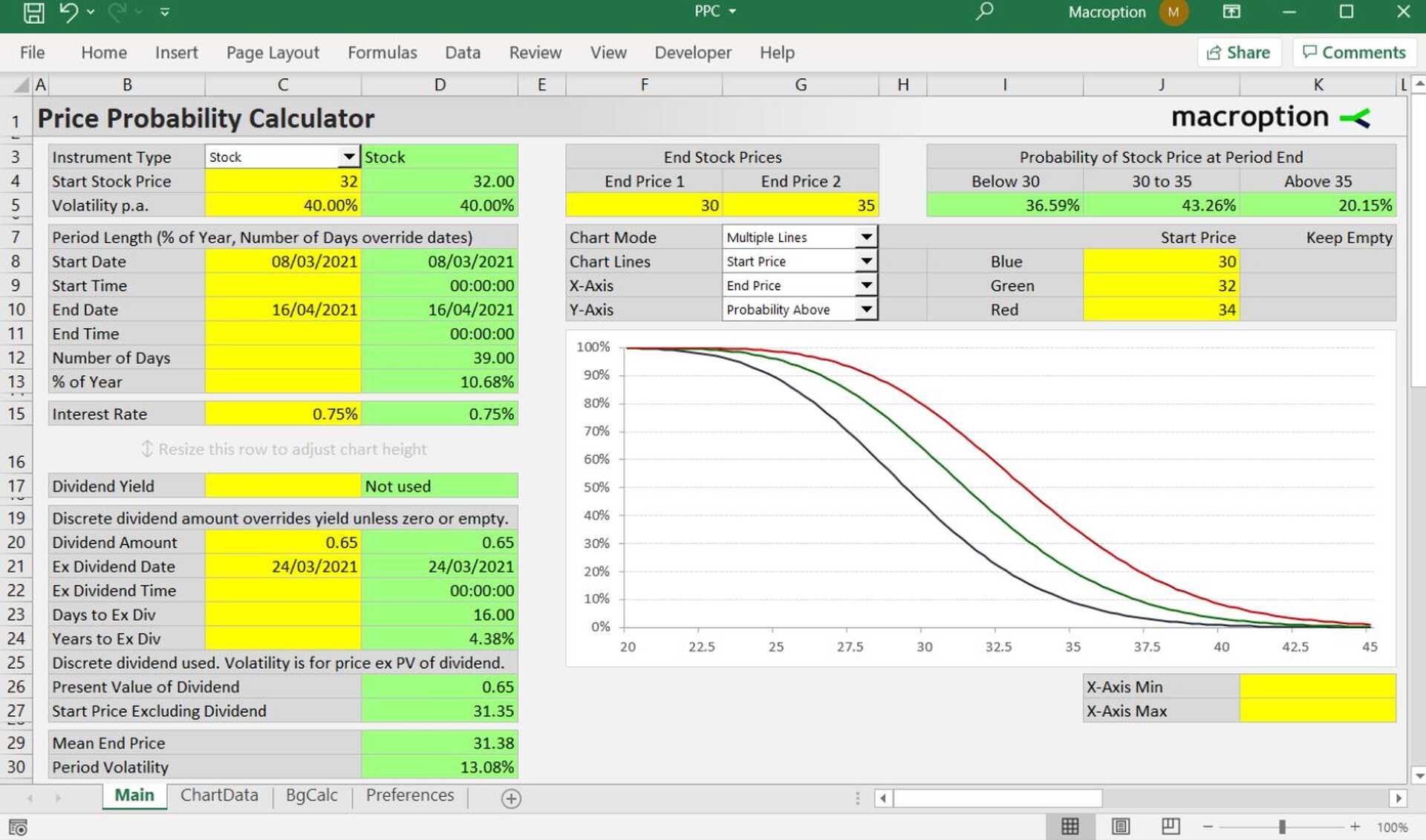
Key advantages of multi-strategy funds:
✔ Risk diversification – Reducing exposure to any single market condition
✔ Capital efficiency – Deploying funds into the most lucrative opportunities
✔ Adaptive positioning – Adjusting strategies as market inefficiencies arise
These funds require top-tier quant teams and risk management systems, making them exclusive to hedge funds and large financial institutions.
3. Equity Hedge Fund Strategies – The Art of Stock Market Hedging
Equity hedge fund strategies involve taking long and short positions in publicly traded stocks, focusing on individual companies rather than broad macroeconomic trends. Unlike retail investors, institutional traders use sophisticated models, alternative data, and cutting-edge technology to gain an edge.
Let’s explore the primary strategies hedge funds use to navigate stock markets while minimizing risks.
a. Market Neutral Strategies – Eliminating Market Risk
Market-neutral strategies involve simultaneously going long on undervalued stocks and shorting overvalued ones. The goal? To profit from relative price movements while staying insulated from overall market direction.
This is achieved through quantitative models that analyze thousands of stocks in real-time, identifying mispricings based on statistical relationships. By maintaining a zero net exposure to the market, funds can profit regardless of whether the broader market is rising or falling.
🚀 Retail traders often try to replicate this with “pairs trading” (e.g., long Coca-Cola, short Pepsi), but hedge funds operate on a whole different level with high-frequency trading and machine learning models.
b. Fundamental Growth Strategies – Betting on Future Giants
This strategy focuses on companies with strong earnings potential, scalable business models, and industry tailwinds. Institutional investors conduct deep fundamental research, analyzing factors such as:
✔ Revenue growth trajectory
✔ Competitive advantage (moat)
✔ Management quality
✔ Industry trends
Unlike day traders, hedge funds using this approach typically hold investments for years, expecting these high-growth stocks to outperform the broader market.
c. Fundamental Value Strategies – The Warren Buffett Playbook
This approach targets stocks that are trading below their intrinsic value, with the expectation that the market will eventually recognize their true worth.
The key here is long-term patience—hedge funds investing in value stocks often have investment horizons spanning years or even decades.
🧐 Think Warren Buffett: Buying undervalued businesses with strong fundamentals and waiting for the market to catch up.
For retail traders, this strategy is tempting but challenging—value stocks can stay undervalued for years, requiring deep research, conviction, and patience.
d. Quantitative Directional Strategies – The Science of Trading
This is not your average technical analysis (TA).
Hedge funds use advanced quantitative models that analyze:
📊 Liquidity flows
📊 Price anomalies
📊 Options market data (Delta, Gamma, Vega)
📊 Alternative data sources (satellite imagery, credit card transactions, etc.)
🔍 A crazy example?
Citadel LLC, one of the world’s most sophisticated hedge funds (with over $60 billion AUM), uses satellite imagery to track Walmart parking lot traffic—predicting consumer spending before earnings reports are released.
If you think you can out-trade these institutions with just chart patterns, think again.
e. Short Bias Strategies – Betting Against Overhyped Stocks
Short-bias funds focus primarily on short selling overvalued companies. But here’s the catch—they have access to information that retail traders don’t.
✔ Institutional investors can spot inflated valuations before the market catches on.
✔ Market makers have insider-level insights into which companies are struggling.
✔ They have the capital and influence to push stock prices lower through coordinated short selling.
While retail traders can attempt to short overvalued stocks, it’s a dangerous game—timing is crucial, and many traders have been burned by short squeezes.

II. Solutions for Retail Investors – How to Compete in the Big Leagues
Reading through the institutional trading strategies, it might feel like retail investors have no shot at success. After all, hedge funds have more capital, better technology, and exclusive data.
So, do individual investors stand a chance?
Absolutely. There are ways to become a successful investor—otherwise, Tradevietstock wouldn’t even bother writing this guide. Let’s dive into top 5 successful trading strategies that retail traders can apply.
1. Passive Investing – The Easiest Way to Win
The first of our top 5 successful trading strategy is passive investing. This is the most beginner-friendly strategy and highly recommended fornewbies. If you’re not a professional trader and don’t have the resources to analyze the market daily, passive investing is your best bet.
How It Works
✔ Pick a high-quality company
✔ Invest in its stock consistently (e.g., every month)
✔ Hold for the long term
This is similar to a savings plan, but the returns are significantly higher over time.
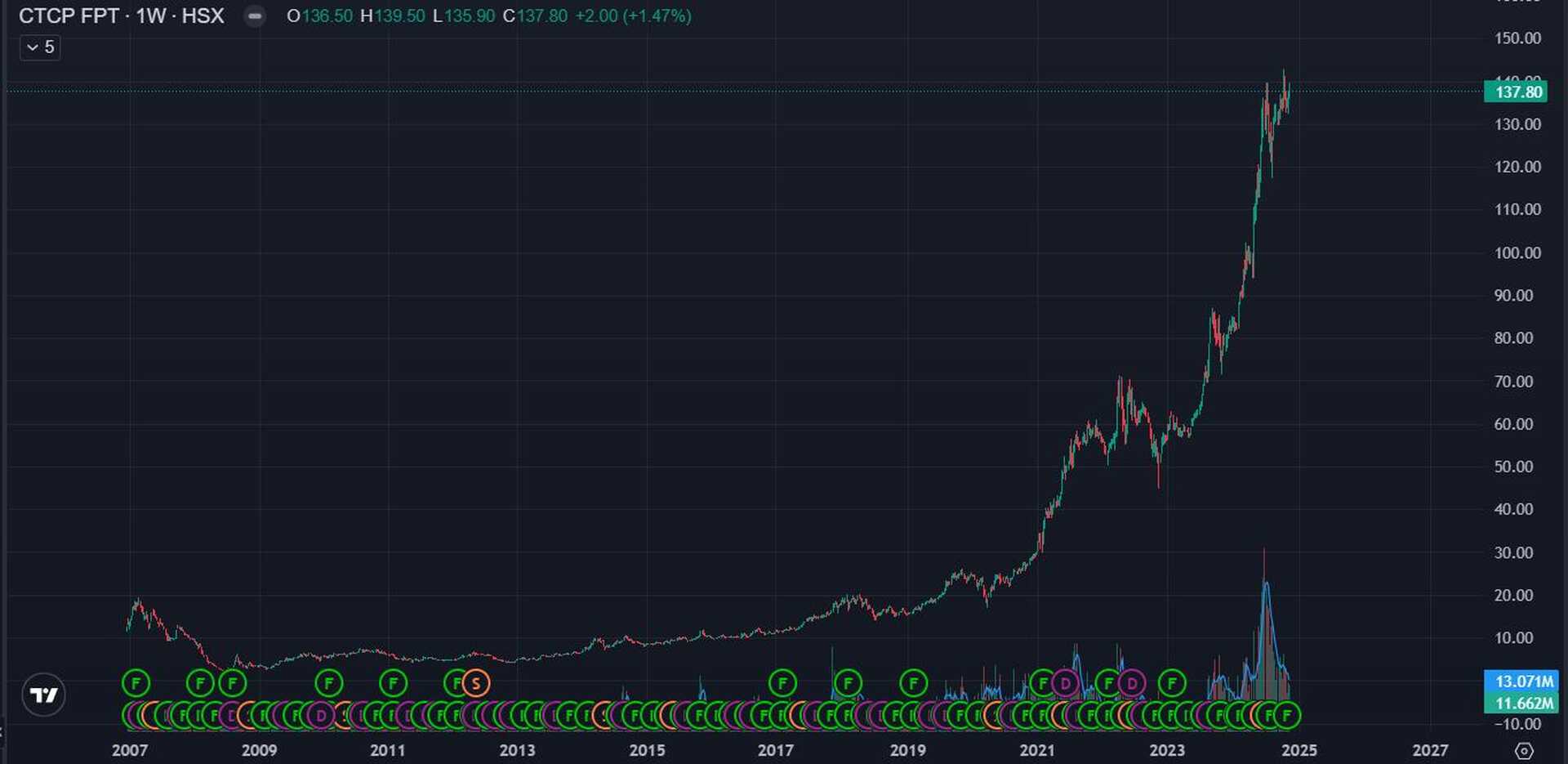
Example: Long-Term Passive Investing in FPT
Let’s say you invested $50 per month in FPT stock since 2007. Today, your portfolio would be worth nearly 3.5 billion VND (~$150,000 USD).
💡 Key Lesson: The key is choosing the right company from the start.Some people might ask: “What if I invested in NVL instead?”
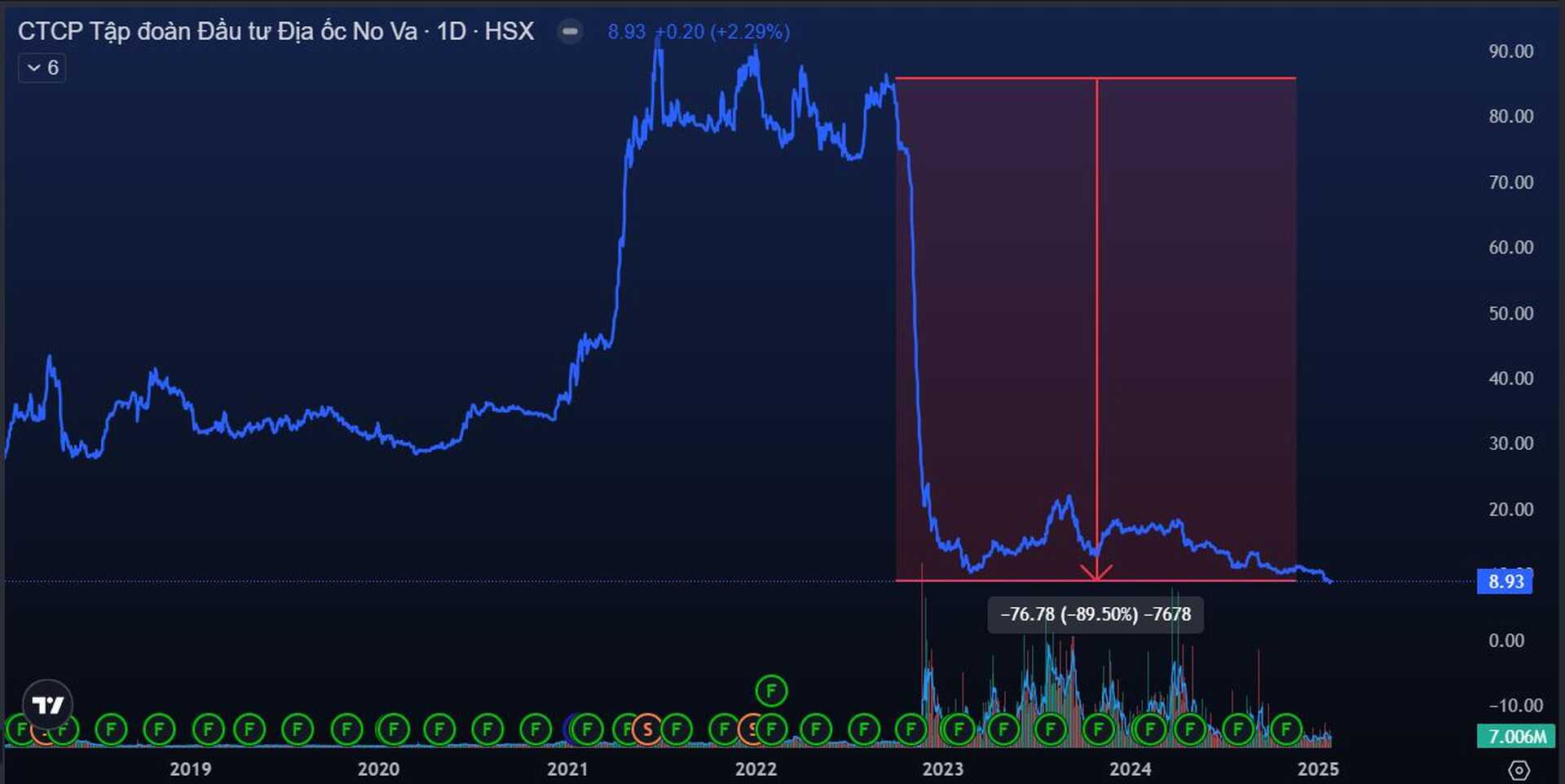
Well, that’s exactly why stock selection matters. A good stock isn’t just one that hits its daily price limit—it’s a company with strong long-term fundamentals.
How to Pick a Good Company?
A good company should meet these fundamental criteria:
✔ Industry growth potential
✔ Strong and competent leadership
✔ Operational efficiency
✔ Clear strategic vision and direction
✔ Solid financials and fundamental analysis
One shortcut for retail investors? Stick to established industry leaders like FPT or HPG—companies with proven track records.
📌 Don’t judge a company based on short-term stock performance. Even if HPG isn’t performing well in 2024, it doesn’t mean the company is bad. Every business has cycles—what matters is whether it continues to create long-term value.
2. Active Investing – Timing the Right Entry
This strategy still involves investing in high-quality companies, but with a more active approach—buying stocks at the right time rather than just buying at fixed intervals.
When to Buy?
⏳ After a market downturn – Stocks are often undervalued after a recession.
📉 During a market correction – Temporary pullbacks create good entry points.
🚀 At the start of a new growth cycle – After economic conditions improve, high-quality stocks rally.
This requires some patience and discipline—stocks fluctuate heavily during bottoming phases. If you’re investing in a company with strong fundamentals, focus on the long-term potential rather than short-term noise.
💡 Biggest mistake? Waiting until a stock hits all-time highs or reports record earnings before buying. By then, it’s often too late.
3. Hedge Fund-Style Investing – Using Derivatives to Protect Your Portfolio
My favorite among the Top 5 Successful Trading Strategies is the hedging strategy. This method is slightly more complex, but it allows you to hold onto good stocks while protecting against market downturns.
How It Works
You buy fundamentally strong stocks but use derivatives (short positions) to hedge against short-term losses.
Example: Hedging Bitcoin (BTC) with Futures
- Let’s say you’re bullish on Bitcoin because you believe in the long-term price increase.
- However, the Bitcoin, and stocks are pulling back.
- Instead of selling BTC, you short BTCUSDT futures to offset potential losses.
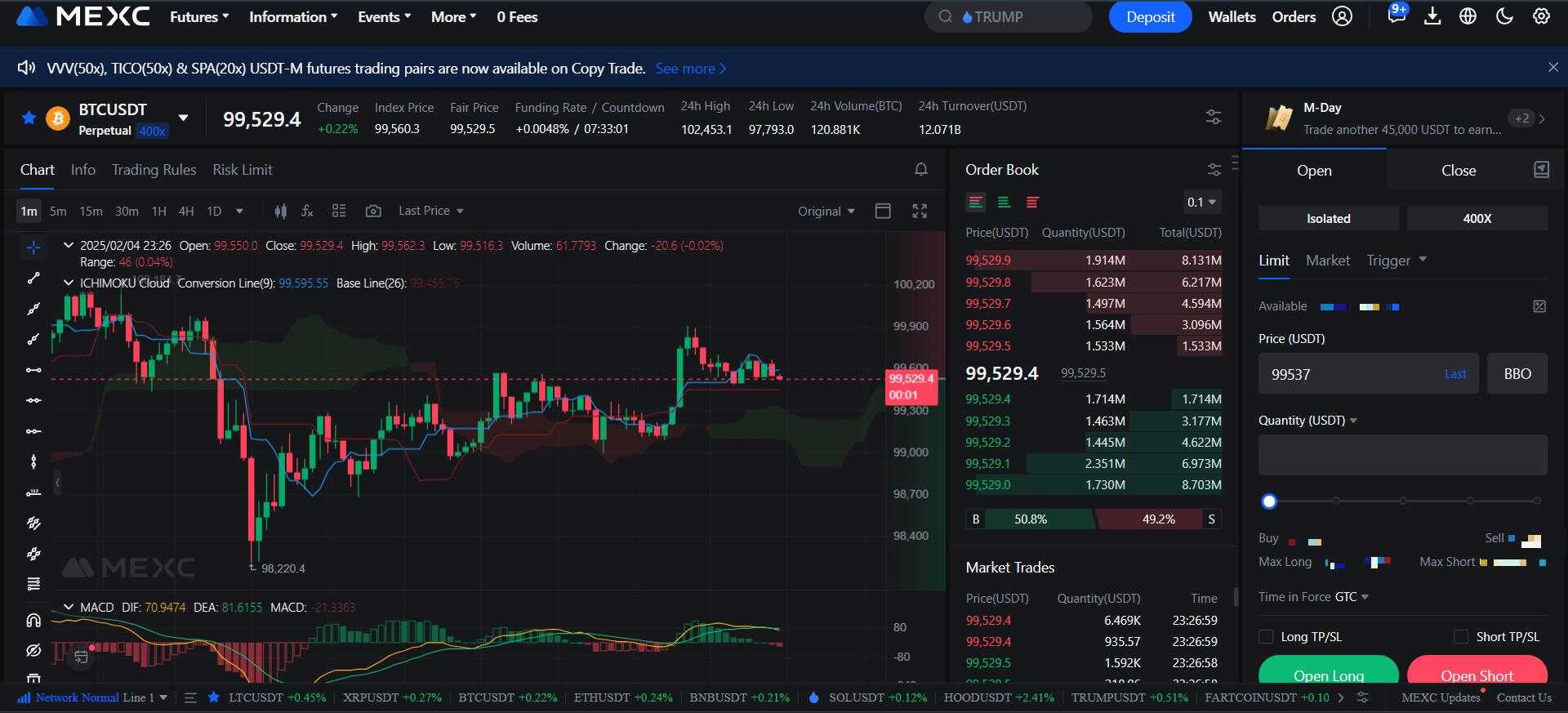
🚀 This allows you to stay invested while reducing downside risk.
Best Trading Platform for This Strategy?
Currently, MEXC, or Bitget, is one of the best apps for this approach because it allows:
✔ Trading both spot and derivatives on the same account (seamless execution)
✔ Highest leverage for futures trading with x400 leverage on a MEXC account
✔ AI-powered market signals on a Bitget account
✔ Lowest trading fees for both spot and derivatives
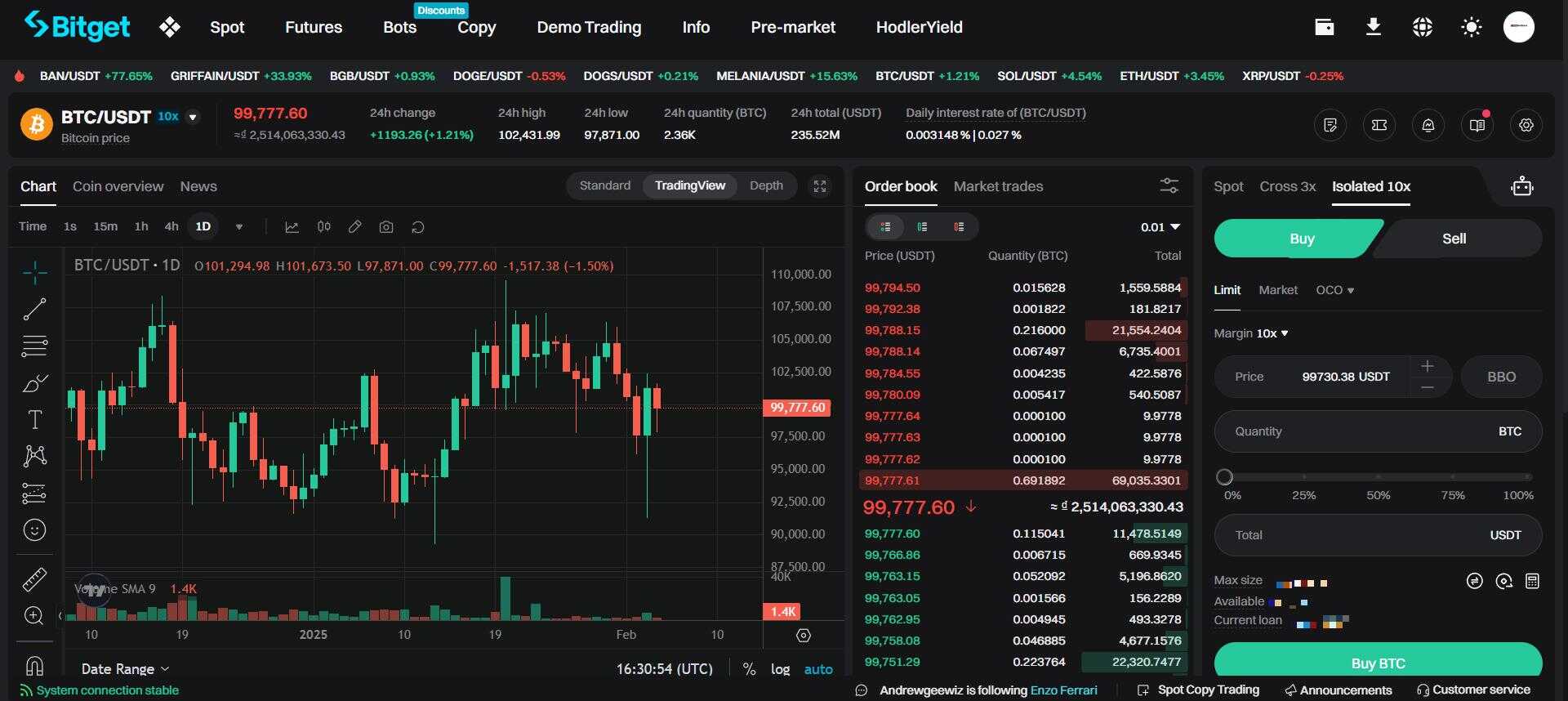
📌 Forex traders can apply similar hedging techniques by taking long and short positions on correlated assets—e.g., long USD (DXY) and short EUR (EUR/USD) or gold (XAU/USD).
How to Practice?
If you’re new to hedging, start with demo trading on platforms like Exness. Demo trading allows you to experiment with complex strategies risk-free before using real money.
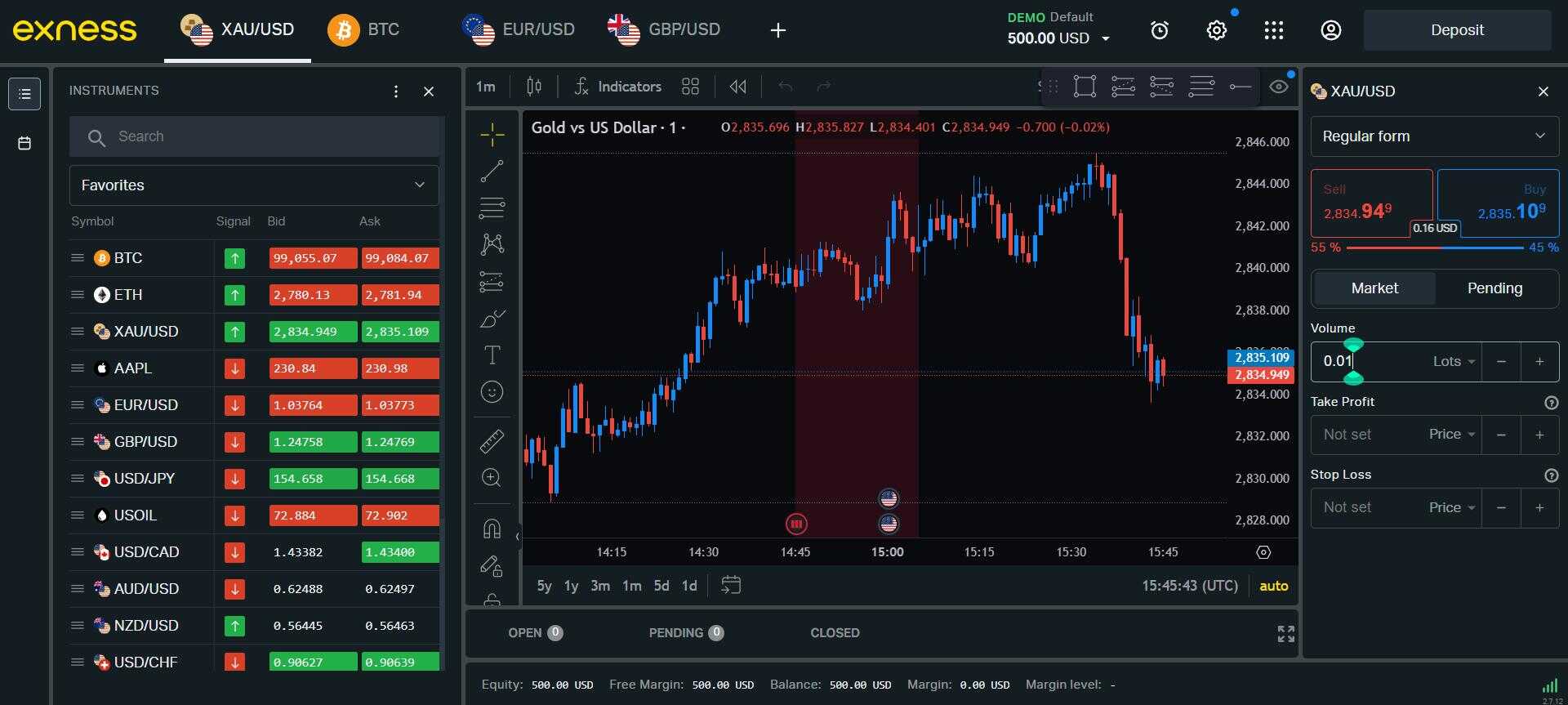
💡 Hedging is one of the most powerful and flexible investment strategies, but it requires practice to execute correctly.
4. Building Your Own Trading System
One of the top 5 successful trading strategies is to create our own indicators and automatic systems. This is a more advanced approach—essentially turning yourself into a quant trader by developing your own trading algorithms.
How It Works
✔ Collect market data
✔ Build custom indicators
✔ Develop automated trading scripts
This method is similar to what hedge funds and trading firms do, leveraging data science, machine learning, and automation.
Example: Writing Custom Indicators
Instead of relying on traditional RSI or MACD, some traders develop their own indicators based on advanced data analytics.
📌 Below is an example of a custom indicator script developed by Trade Việt Stock.
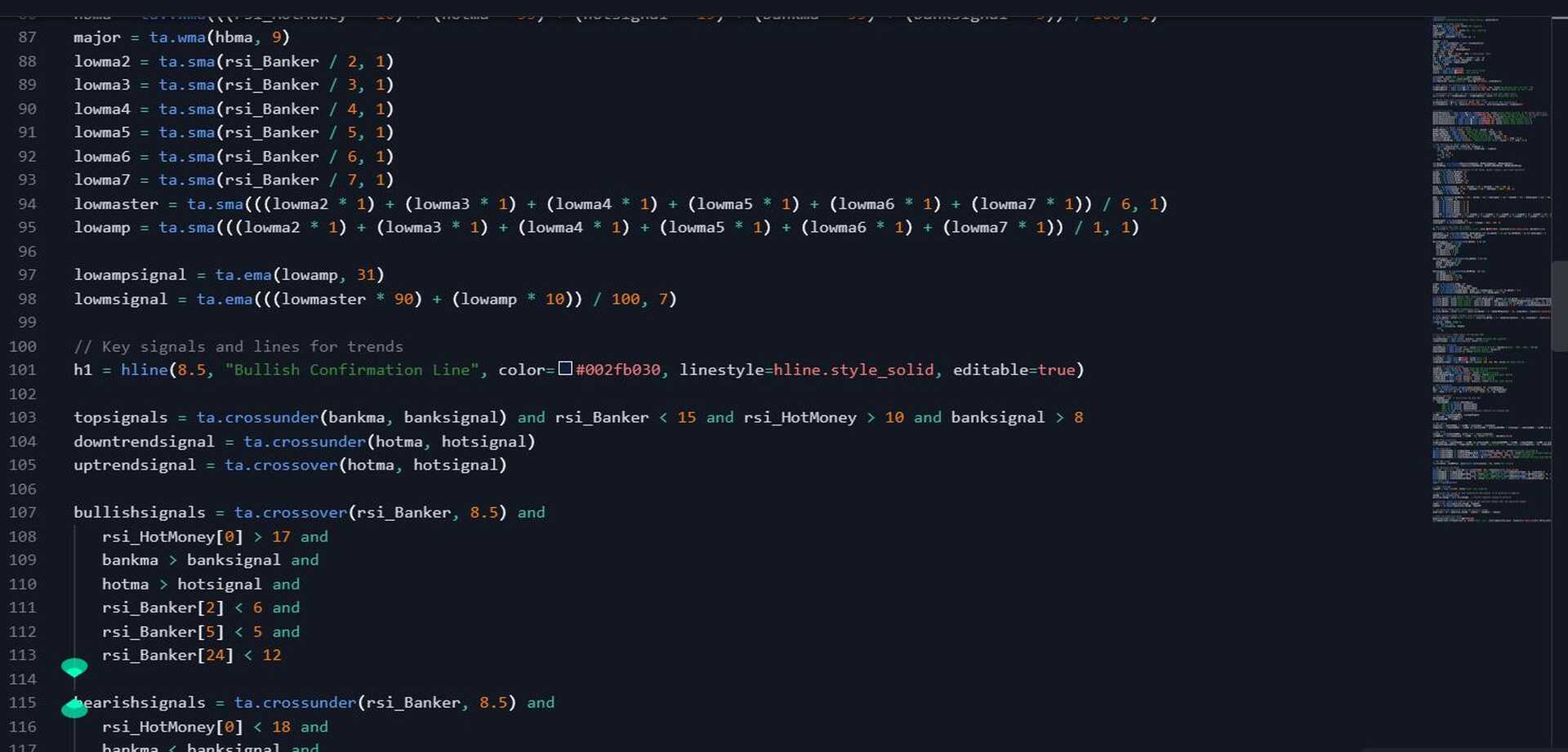
💡 This is the most challenging yet rewarding approach—if you have a background in data science or quantitative finance, this is where you can build a real edge in the market.
5. ICT Trading
The last of our Top 5 Successful Trading Strategies today is ICT Concept. The Inner Circle Trader (ICT) strategy is a smart money trading concept designed to help retail traders think like institutions. Instead of relying on indicators, ICT focuses on liquidity, market structure, and institutional price movements.
Key ICT Concepts:
✔ Liquidity & Stop Hunts – Market makers push price to stop out retail traders before the real move happens.
✔ Fair Value Gaps (FVGs) – Price imbalances act as magnet zones where institutions re-enter trades.
✔ Order Blocks – Institutional buying/selling zones that act as strong support/resistance.
✔ Power of Three (PO3) – The three phases of institutional price action: Accumulation, Manipulation, Distribution.
✔ Market Timing – Trading during optimal liquidity periods (London/New York sessions).
Personally, I believe that detecting liquidity zones helps you understand where the price is likely to move next in the short term. This allows you to avoid stop hunts and losing streaks. When you know where the price is likely to bounce back or sweep liquidity, you can trade more effectively with a realistic risk-reward ratio and solid algorithmic indicators.
🚀 Retail traders who master ICT concepts can trade with confidence, but please stay with your discipline and don’t let your greed consume you.
I know trading isn’t an easy game, especially for those who take it seriously. That’s why I believe you should practice consistently before finding the trading strategies that suit you best. You can start risk-free by opening a demo FX account to get familiar with the market.
Below are registration links for two of the best brokers:
- XTB Online Trading — the top broker for traders in the EU
- Exness — the best choice for traders in Asia
You can also experience world-class services and trusted reputations from some of the top 5 crypto exchanges:
- Binance — The largest crypto exchange on Earth
- Bybit — A well-established name known for its long-standing reputation and diverse financial instruments
- Bitget — User-friendly interface combined with a strong reputation
- MEXC — The lowest trading fees with one of the most beginner-friendly interfaces
- OKX — A major name known for secure asset storage and powerful DEX tools


 Tiếng Việt
Tiếng Việt


